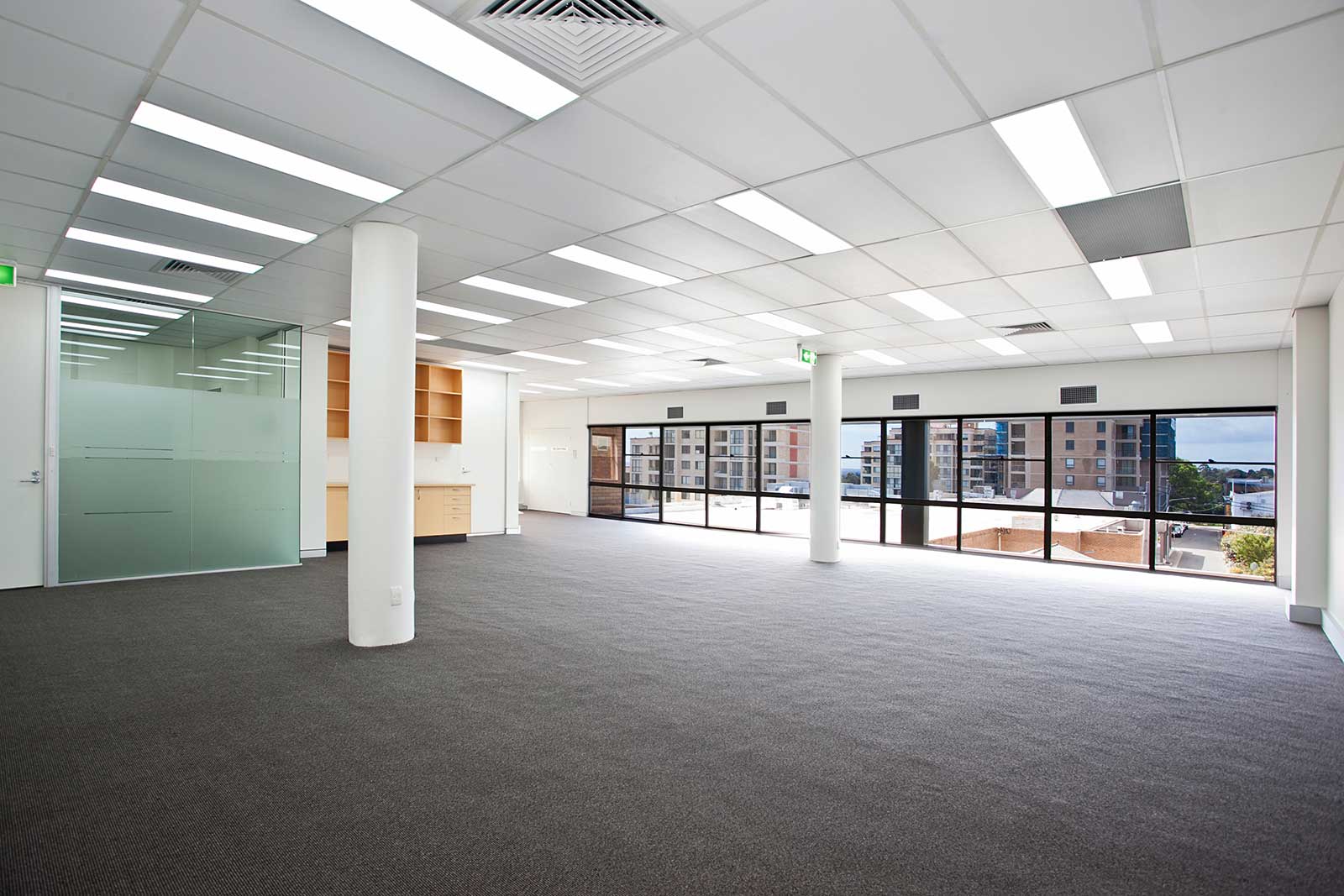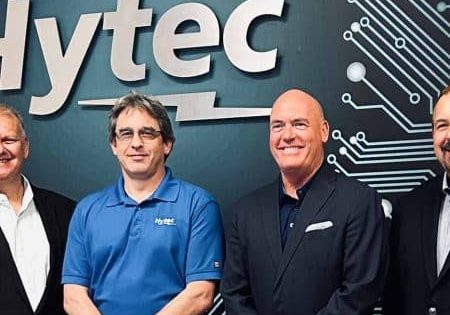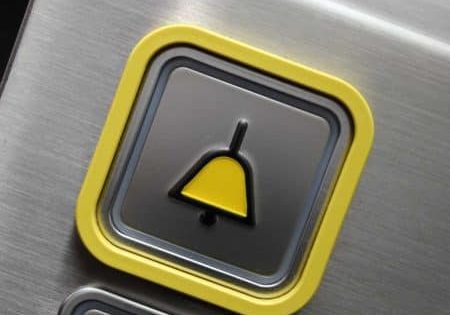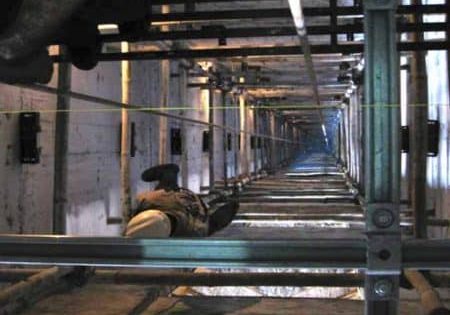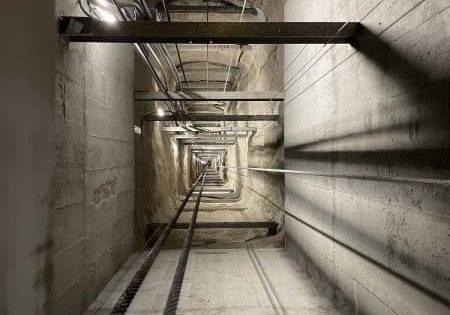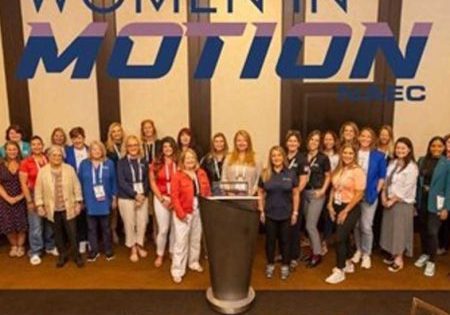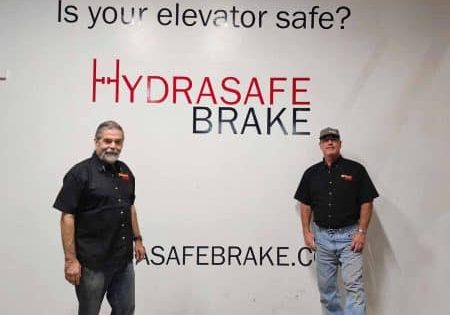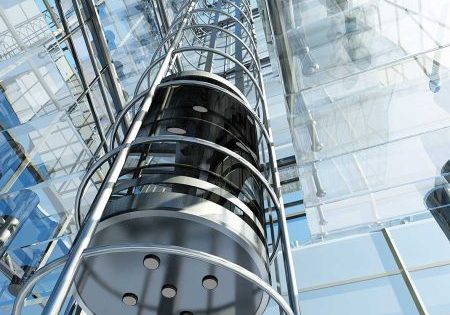The vacancy rate for office buildings continues to plague our industry. Nationwide, it is 20.1%, with San Francisco the highest at 34.5%. Predictions are that vacancy rates will be 25% around the country in 2026. As the need for affordable housing rises, cities struggle with this conundrum of too many of one kind of building and too little of another. Some cities, like Chicago, are offering subsidies to make new use of the space. According to the Wall Street Journal, property developers will get US$150 million to convert four buildings into 1,000 living units, proving that creative — and expensive — solutions to this rather new urban problem have begun.
In this issue, Schindler’s Rick Piovano, who has a history in the building technology market working across the construction, service and retrofit segments, offers his thoughts and solutions on the subject in Your Next Apartment Could Be in an Office Building. Acknowledging that NYC’s empty office space could fill 26 Empire State Buildings, he adds:
“With the rising popularity of buildings with flexible design, those spaces can be reimagined into a variety of contexts, such as housing, retail, dining and more. If a space is truly multi-use, either through retrofitting to be that way or in its initial design, developers circumvent the need to demolish the existing building and start from square one, cutting down on time, cost and carbon emissions.”
It is notable that some major elevator companies in the U.S. have slightly lowered their income predictions for the second half of the year, while in Europe the opposite is true. Why the difference? There are fewer rules to change or adjust in Europe as far as building conversions. This is a complex topic and one that matters for our industry around the world. We will keep reporting on it for the foreseeable future.
This month, members of our North American industry and beyond will gather for United 2024 in Atlantic City, New Jersey. You’ll find an event preview, an exhibitor list and expo hall floor plan in Atlantic City: It’s a Great Day Here by Lindsay Fletcher.
Our additional features include:
- Past, Present and Future by Jason Halligan, EW Correspondent. Your author talks with Cordula Jourdan, Schindler’s head of Global Field Quality and Excellence, about the company’s 150-year history and what comes next.
- Into the Depths — Carefully submitted by TKE. These new TKE elevators help visitors descend 750 ft below the surface at Carlsbad Caverns National Park.
- The Jewel of the Dam submitted by EL-VY spol. s.r.o. The Czech company showcases a unique boat lift that met strict requirements as part of a modernization project.
We focus on the important topic of Hoistway Tools, Components and Products this month and share four articles on the subject.
- Code-Compliant Pit Ladders submitted by Smart Elevator Tech LLC. In this Product Spotlight, Smart Elevator Tech showcases new offerings.
- Elevator Alarms 1870-1890 by Dr. Lee Gray, EW Correspondent. Patents provide insights into early operation concerns.
- Technology Redefining the Future of Elevator Installation Methods for High-Rise Buildings by Philip Hofer, Urs Püntener and Miguel Castro. A look at how the methods have progressed from the traditional to breakthrough construction technologies.
- The Way to Better Hoistway Safety by Kevin Brinkman. How recent ASME code updates and industry safety best practices are helping mitigate elevator hoistway hazards.
Also, we offer a new continuing-education article this month. John Koshak’s Maintenance on New Equipment Designs: Governor and Safety Systems and Suspension Means has been approved by NAEC for CET, CAT and QEI credit and by many states where continuing education is required.
As always, there is much more, including company spotlights and events from around the world. We hope you enjoy the magazine this month. Want to tell me about it? Contact me at [email protected].
Get more of Elevator World. Sign up for our free e-newsletter.
